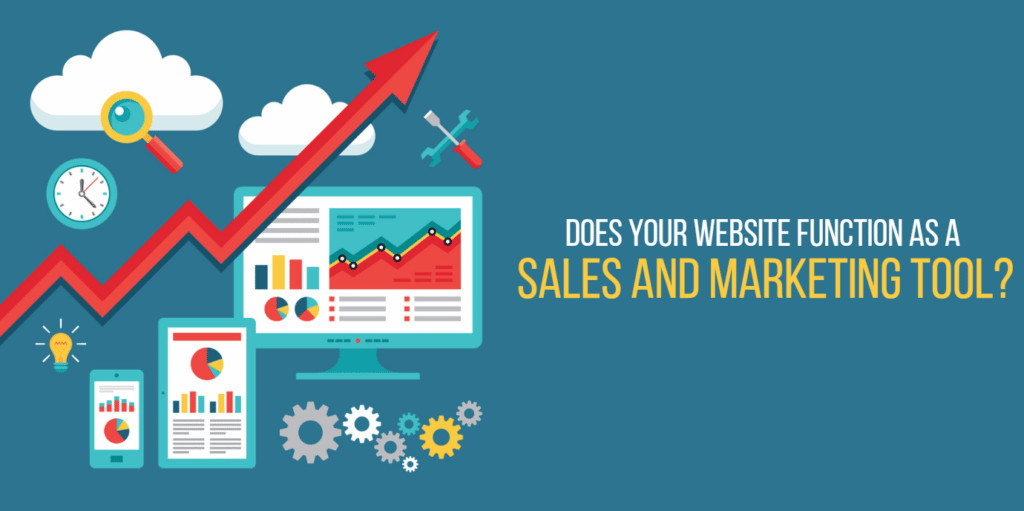At this point, most businesses know the value of a well-designed website. But a well-designed website isn’t necessarily well-designed as a sales and marketing tool. Your site may be aesthetically pleasing and convey key information to visitors, but that’s only half the equation.
To make the most of your web presence and make your site a lead generation and sales tool, you’ll need to keep these factors in mind.
Search Engine Optimization
This is a must. Each page on your website should apply SEO best practices.
It’s important to understand the way search engines are changing. And, trust us, they are always changing. Your website should adapt to follow the new rules of the web. That means no more keyword stuffing.
Today’s SEO gives credit to natural-yet-relevant sites. This means your site needs content that’s written by humans for humans. Keywords should be used naturally alongside similar and related phrases.
It’s also important that the search engines can crawl your site. Avoid any approaches that might obscure the content of your site from the skimming of a bot.
Usage data
Once you have good SEO practices bringing people to your website, you should be looking to make the most of those visitors. Not just as potential leads or customers, but as a never-ending fountain of data.
Google Analytics will tell you which pages get attention, what sort of path your visitors take through your content, what’s losing people and what’s pulling them to become recurring guests or viable leads.
With this data in hand, you can further refine the design of your site to more effectively and efficiently convert visitors into high-value leads, and improve your marketing across other channels.
Navigability
Let’s talk navigation. If people visiting your website can’t find what they’re looking for, it’s a failure from the beginning. If they can’t find what they’re looking for and what you want them to find, it’s not living up to its potential.
Effective site design should allow customers to find exactly what they want without a headache. And those pages they’re looking for should them to the content you want them to see.
You can achieve this in a few ways. First, you should identify the pages that get the most new visitors. Then, identify the ideal path from first visit, to lead, to customer. Use calls-to-action to guide people where you want them to go.
Just don’t trap customers where they don’t want to be; if someone on your site can’t get where they want to be, they probably won’t be in a hurry to come back.
Responsive design
Business should also be moving from desktop-only sites and desktop/mobile splits to responsive design. Responsive design adapts a single presentation for whatever device a visitor is using.
Not only does this help unify the experience across devices, Google has indicated that SEO best practices moving forward should include responsive design.
Trust and brand equity
Marketing centers around one goal: building a relationship between the brand and the prospect. So, for your website to function as a marketing and sales tool, it needs to build trust and brand equity in every visitor.
Inbound marketing is all about offering value to build your brand and guide visitors to become your ideal customer. This means regular updates to your website—real updates, which guests will be glad to see.
For most businesses, content marketing is their main approach to inbound marketing. Blogs, videos and other forms of content produced on a regular basis. And that content frequently offers freebies, deals, downloads, and other rewards for regulars.
As long as it offers real value that’s relevant, it’s going to make your site visitors appreciate your brand more, trust your products more, and stick with you when your competition comes knocking.
Ultimately, to optimize your site for marketing and sales means to optimize your site for users. A website that’s worth visiting and linking to will do far more for your business. From there, it’s a matter of optimization, step-by-step, according to the data you collect from your guests. It is possible to build a site that’s equally perfect for search engines, prospects, and your business interests!



